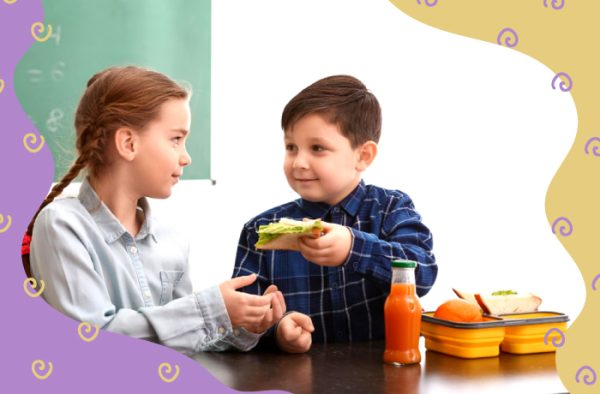Creating A Culture Of Kindness And Respect In The Classroom

Kindness, respect, and empathy must be taught and cannot be assumed to be inherent in children. Parents and educators must teach these values and promote inclusivity, cultural diversity, and empathy toward others who may be different. Kindness is the key to combatting bullying. It is the first aid for parents and teachers to raise children aware of their self-value and others’ worth.
Modeling and encouraging kind behavior is essential to creating a positive classroom atmosphere, and reflecting on the presence of kindness in the classroom can help children understand the impact their words and actions have on the overall dynamic of the group. By prioritizing empathy, children can learn to be more aware of how their behavior affects others.
Here are some tips from Toley on promoting kindness in the classroom!
How To Promote Kindness In The Classroom
- Talk About It Each Time You Can: Every time you and your class have the opportunity to talk about some kind act you have made or thank a classmate for being kind must be taken!
- Recognize And Celebrate Kindness Days: To celebrate World Kindness Day or dedicate a week to performing random acts of kindness, one can engage in activities that involve showing kindness to others and spreading positivity. It can include doing small acts of kindness for friends, family, or strangers or organizing events or activities that promote kindness and positivity.
- Kindness Takes Mindfulness: By teaching children mindfulness exercises and helping them become aware of their own emotions, they may also become more aware of the feelings of others and more empathetic towards different perspectives. One way to do this is to have children engage in mindfulness exercises that visualize the experience of receiving and giving kindness. This can involve having them sit comfortably, take deep breaths, and imagine the feeling of empathy growing in their hearts as they inhale and sending it out to others as they exhale.
- Use Children’s Literature: Children’s books can be used as a tool to facilitate discussions about kindness. Reading high-quality books with children and inviting them to talk about how the characters act can help spark meaningful conversations about empathy and inspire children to think about ways to be kind in their own lives. Try reading Toley’s Purple Pencil Stories with them, where topics like bullying and self-esteem are explored in a fun and educative way.
- Lead By Example: To create a culture of kindness at home, at school with teachers, students, and staff together modeling compassion and encouraging those values in others. Sharing kindness with students and community members and recognizing when others show kindness helps set a positive example and reinforce the expectation for kindness.
This behavior can foster a culture of compassion within the school community.


